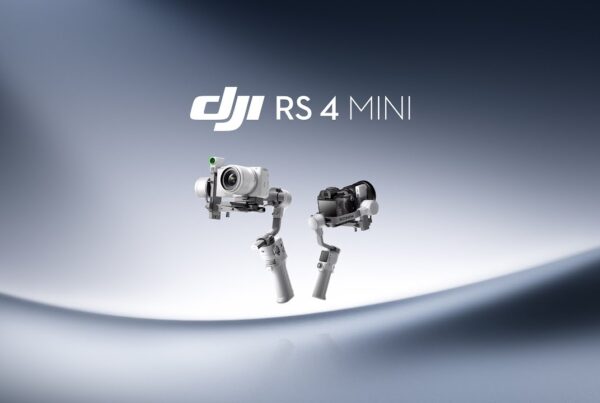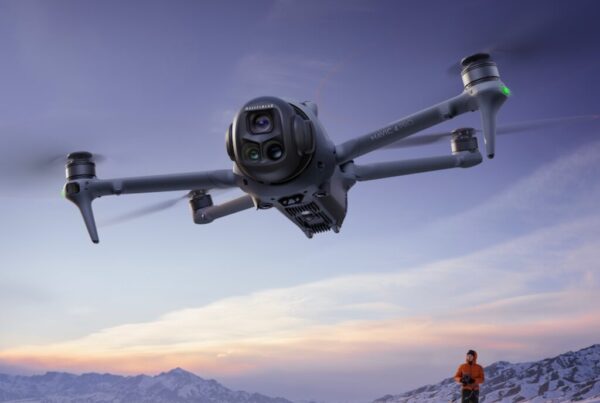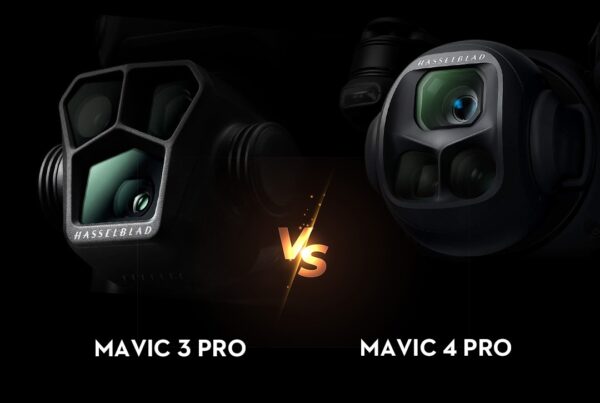My Take on the DJI Power 1000: A Game-Changer for Power on the Go
Picture this: you’re out in the wilderness, camera gear in tow, or maybe you’re just trying to keep the coffee maker running during a family camping trip. Suddenly, you realize your devices are running low, and there’s no outlet in sight. That’s where the DJI Power 1000 comes in—a portable power station that’s become my go-to for everything from outdoor adventures to unexpected power outages at home. As someone who’s always on the move, I’ve put this device through its paces, and I’m excited to share why it’s such a standout. Let’s dive into what makes the DJI Power 1000 a must-have for anyone who needs reliable power, no matter where life takes them.
What’s the DJI Power 1000 All About?
At its heart, the DJI Power 1000 is a compact yet incredibly capable power station that’s become my trusty companion for keeping devices and appliances powered up when I’m far from a wall outlet. Its 1024 watt-hour (Wh) lithium iron phosphate battery is a powerhouse, delivering enough energy to charge my smartphone multiple times, keep my laptop running through a full day of work, or even power a small fridge for hours during a camping trip. What I love most is how DJI, a company I’ve always admired for its innovative drones and camera gear, has poured its battery know-how into creating a unit that’s both rugged and portable. This isn’t just a gadget—it’s a reliable partner for anyone who needs power on the go. Whether I’m out in the wilderness capturing drone footage, setting up camp with friends, or just preparing for the unexpected at home, the DJI Power 1000 fits effortlessly into my life. Its sleek design and sturdy build make it easy to toss into a backpack or stow in the trunk, ready for whatever adventure comes next.
This power station feels like it was made for people like me—drone pilots, outdoor enthusiasts, or anyone who values being prepared. The 1024 Wh capacity means I can charge my DJI Mavic 3 batteries in a flash, power my camera gear during long shoots, or even keep a coffee maker humming at a remote campsite. What sets it apart is how DJI has tailored it to real-world needs. For instance, the battery’s longevity is impressive—it can handle thousands of charge cycles without losing much capacity, so I know it’ll be with me for years. The unit’s design is practical, too, with a handle that makes it easy to carry despite its 13 kg weight, and a clear LCD screen that shows me exactly how much power I’ve got left. Whether I’m a camper looking to keep the essentials running, a filmmaker powering lights and cameras on location, or just someone who wants a backup plan for power outages, this device delivers. It’s versatile enough to handle everything from small gadgets to larger appliances, and its durability means I don’t have to baby it in tough conditions. Honestly, it’s hard to imagine heading out on a trip without it now—it’s become that essential. The peace of mind it offers, knowing I won’t be stranded without power, is something I’ve come to appreciate more with every use.
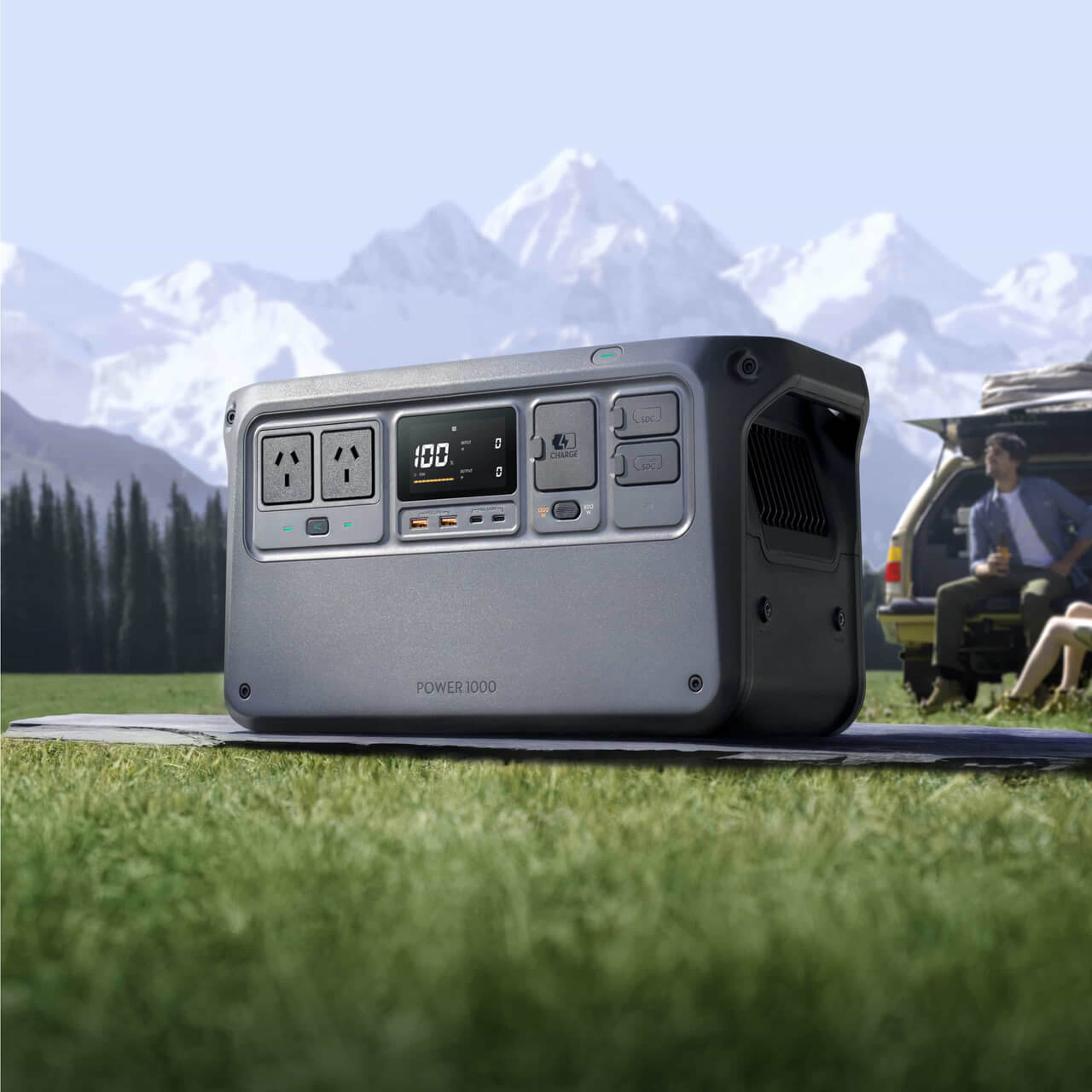
Features That Caught My Eye
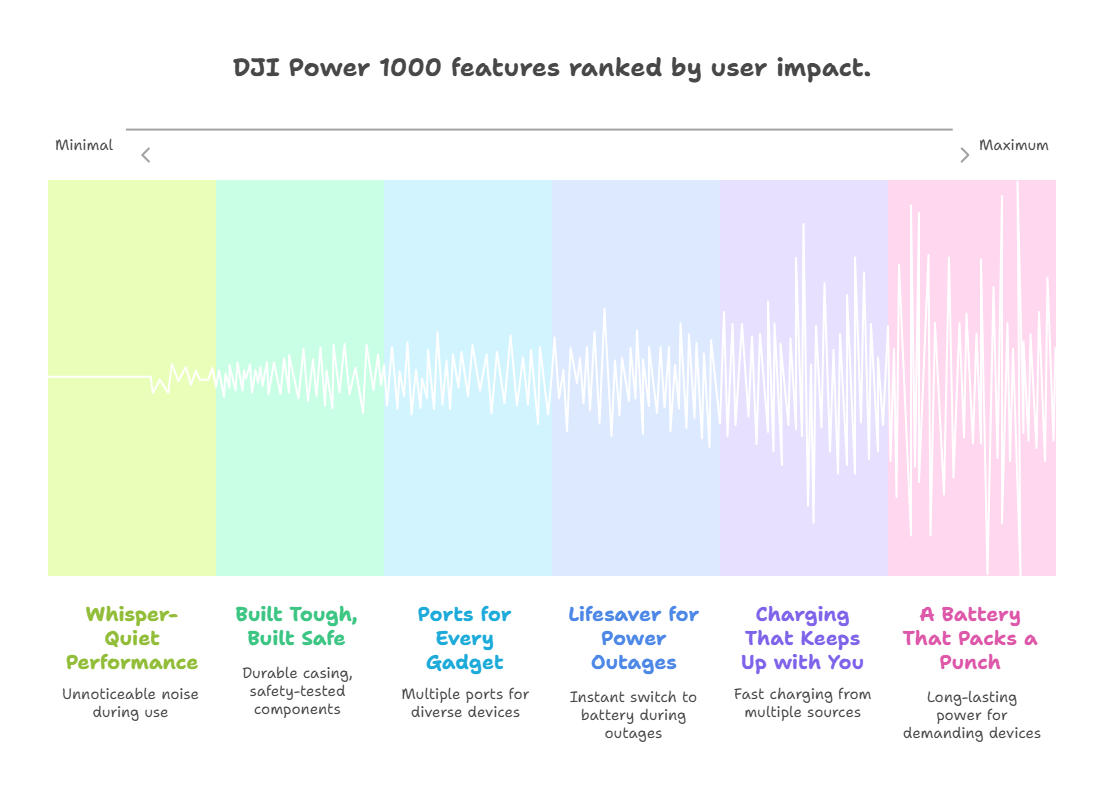
A Battery That Packs a Punch
The DJI Power 1000’s 1024 Wh lithium iron phosphate (LiFePO4) battery is a beast. I love that it’s designed to last—DJI claims it can handle over 4000 charge cycles while still retaining most of its capacity. That’s years of use, even if you’re charging it daily. With a steady output of 2200 watts (and a peak of 4400 watts), it can power almost anything I throw at it, from my drone batteries to a portable heater during a chilly night outdoors. It’s like having a mini power plant in my backpack.
Charging That Keeps Up with You
One thing that really impressed me is how fast this thing recharges. Plug it into a wall outlet, and it’s fully charged in about 70 minutes—80% in just 50 minutes if you’re in a rush. I’ve also experimented with solar charging using the DJI Power Solar Panel Adapter Module, which lets you hook up solar panels for off-grid recharging. On a sunny day, I’ve seen it recharge in under two hours with the right setup. For road trips, you can charge it via your car, though it takes longer—up to 14 hours.
Ports for Every Gadget
The front panel of the DJI Power 1000 is like a Swiss Army knife of power. It’s got two AC outlets, two USB-C ports (each pushing up to 140 watts), two USB-A ports, an AC input, and two special SDC ports for fast-charging DJI drone batteries. Those USB-C ports are a lifesaver for my MacBook Pro, charging it almost as fast as my wall charger. The SDC ports are a godsend for drone users like me—my Mavic 3 batteries hit 95% in about 32 minutes. Everything’s laid out clearly, so I’m not fumbling around trying to find the right port in the dark.
Whisper-Quiet Performance
I can’t stand noisy gear, especially when I’m camping or working in a quiet space. The DJI Power 1000 is impressively quiet, running at just 23 decibels when charging. That’s quieter than my refrigerator humming in the background. Whether I’m at a campsite or using it during a power outage at home, it doesn’t disrupt the vibe. So if you are someone like me, this works like a peach in situations like these and can be of great help.
Built Tough, Built Safe
This power station feels like it’s built to last. The casing is sturdy enough to handle some rough handling—I’ve lugged it through dusty trails and rainy campsites without a hitch. It’s passed a ton of safety tests (26, to be exact, by some fancy Swiss company called SGS), so I feel confident using it around my gear. The built-in Battery Management System keeps an eye on everything, shutting down automatically if something’s off and restarting when it’s safe.
A Lifesaver for Power Outages
One feature I didn’t expect to love as much as I do is the uninterruptible power supply (UPS) mode. When it’s plugged into the wall and powering a device, it can switch to battery power in a split second (0.02 seconds, to be precise) if the grid goes down. I tested this during a recent storm, and my router and laptop didn’t miss a beat. It’s a small thing, but it makes a big difference when you’re in the middle of something important.
How I’ve Used It in Real Life
Drone Adventures
I’ve taken it to remote locations for shoots, and the ability to fast-charge my drone batteries means I’m spending more time flying than waiting. On a recent trip, I powered my Mavic 3, a couple of cameras, and my laptop all at once. If you need even more capacity, you can add the DJI Power Expansion Battery 2000, which bumps it up to 3072 Wh.
Camping Made Easy
Camping with the DJI Power 1000 is a breeze. It’s kept my portable fridge running for nearly a full day and powered a fan to keep the tent cool. At 13 kg, it’s not the lightest thing to carry, but the handle makes it manageable. I’ve also used solar panels to keep it charged during long trips, which feels like a little gift from the sun.
Home Backup
When a power outage hit my neighborhood last month, the DJI Power 1000 stepped up. I kept my fridge and Wi-Fi router going, and the UPS mode ensured there was no lag. It’s not going to power your whole house, but for essentials, it’s more than enough. Plus, the LCD screen is super helpful for keeping tabs on how much power you’ve got left.
On the Job
For work, I’ve used it to power lighting gear and charge cameras during outdoor shoots. The multiple ports mean I can keep everything running without needing a dozen different chargers. The screen gives me real-time updates on power usage, which helps me plan my shoots better. It’s tough enough to handle the chaos of a busy set, too.
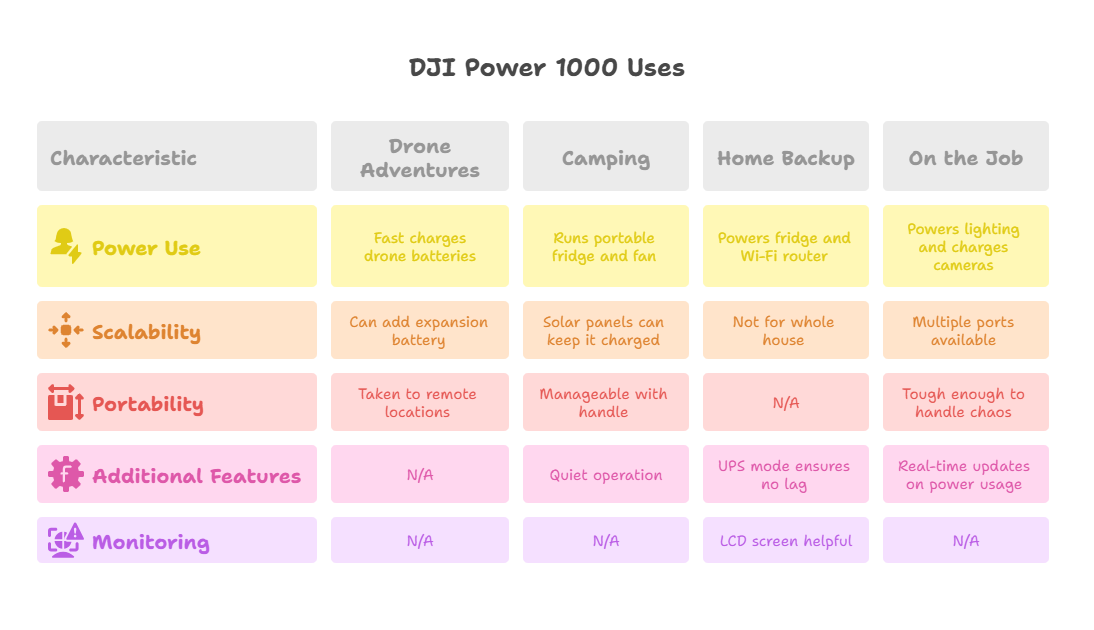
Tips to Get the Most Out of It
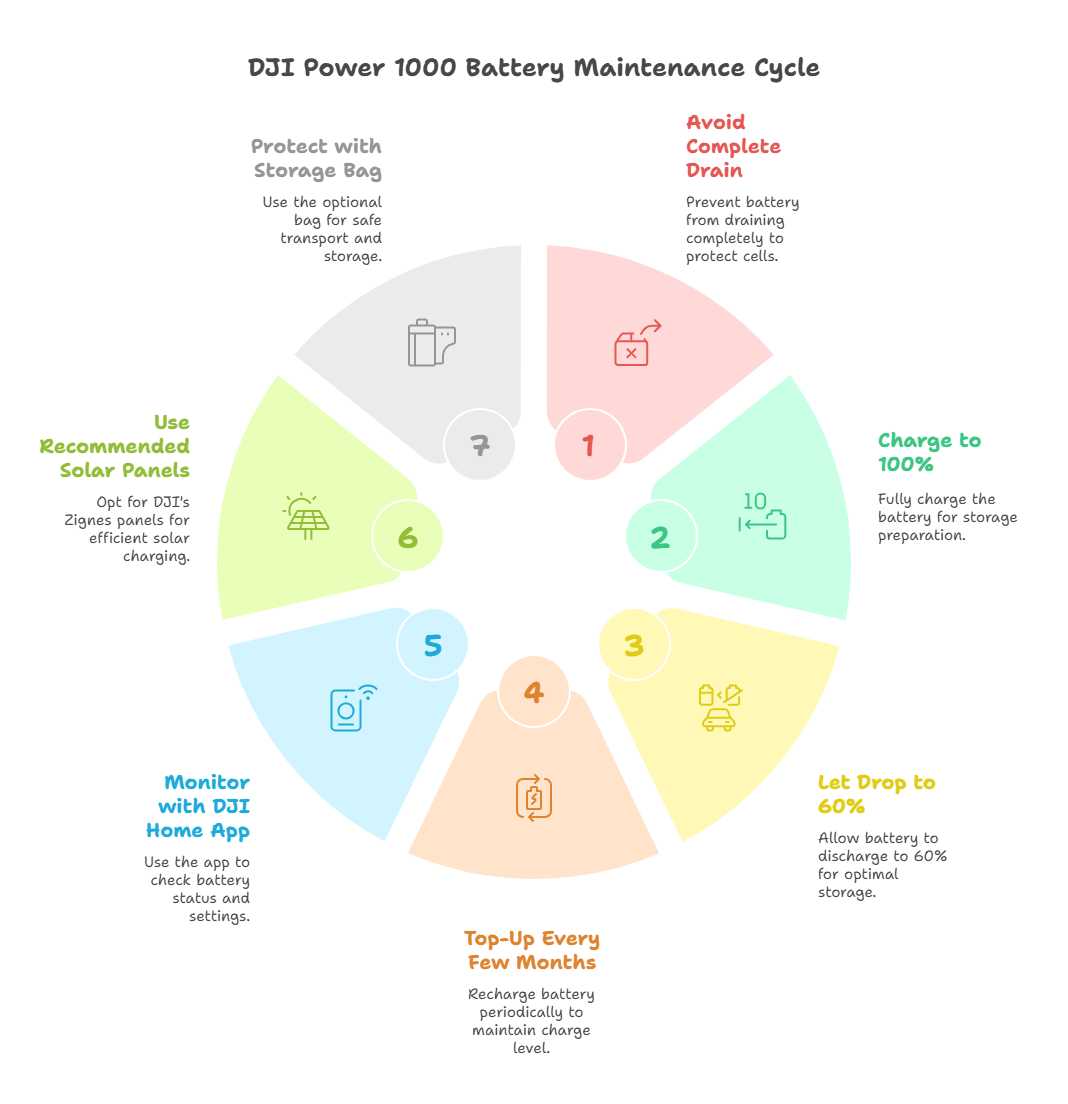
To keep the battery in top shape, I make sure not to let it sit completely drained for too long—it can mess with the cells. For storage, I charge it to 100%, let it drop to about 60%, and give it a top-up every few months. The DJI Home app is handy for checking the battery status or tweaking settings remotely. If you’re going solar, stick with DJI’s Zignes panels for the best results.
Any Downsides?
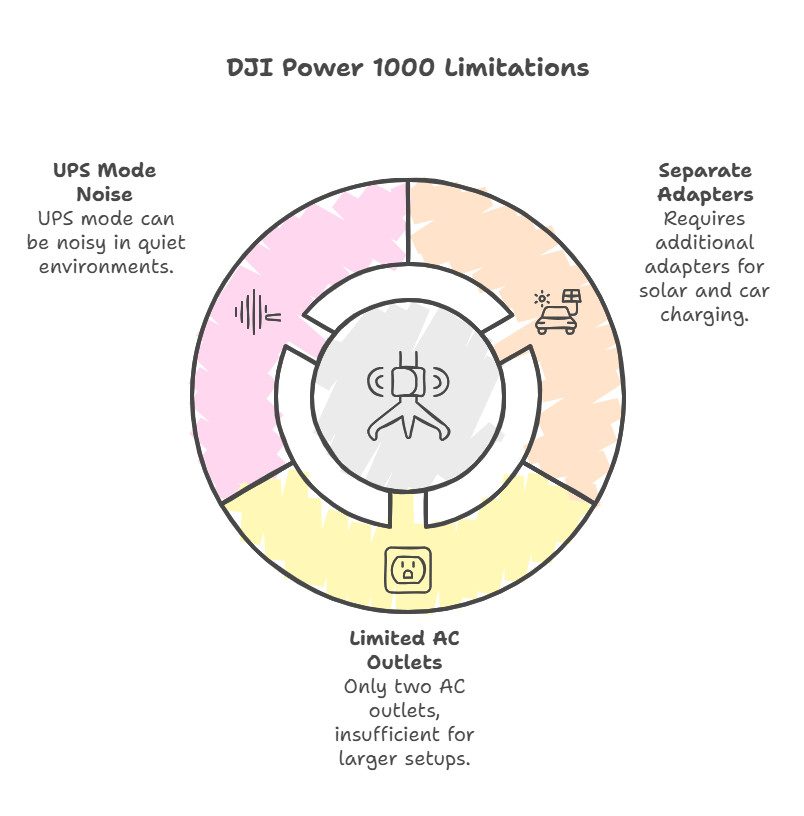
It’s not perfect. The need for separate adapters for solar and car charging feels like an extra step, and I wish it had more than two AC outlets for bigger setups. Also, the UPS mode can get a bit noisy in super quiet environments, which might bug you if you’re using it in an office. But these are small gripes compared to everything it does right.
Why I Love the DJI Power 1000
The DJI Power 1000 has earned a permanent spot in my gear bag. It’s powerful, portable, and built with the kind of quality I expect from DJI. Whether I’m flying drones, camping with friends, or just making sure my home stays powered during a blackout, it’s got me covered. It’s not just a power station—it’s peace of mind in a box.
What’s your go-to gear for staying powered up on the go? Have you tried the DJI Power 1000 or something similar? Drop your thoughts below—I’d love to hear how you’re keeping your adventures charged!

